Does your SaaS business have a free trial marketing strategy? Are you struggling to convert free users into paid ones?
According to recent research, 51.2% of free trial users don’t convert into paying customers on average.
If you offer free trials to get people to buy your product, it’s important to make sure your free-to-paid conversion strategy is working. Otherwise, you’ll waste your time and money on users who won’t buy from you.
But what’s a good benchmark for free trial conversions? According to RevenueCat’s benchmark study:
- Apps with the 4-day (or fewer) trials have a 30% conversion rate.
- Apps with 5-9-day trials have a 45% conversion rate.
- Apps with 10-16-day trials have a 44% conversion rate.
- Apps with 17-32-day trials have a 45% conversion rate.
Lincoln Murphy of Sixteen Ventures warns that anything less than a 25% free-to-paid conversion rate means your marketing isn’t working. The good news is that even a small increase in your free-to-paid conversion rate can lead to a big revenue boost.
In this post, we’re going to share 19 best tips that you can use to improve your free trial marketing strategy. Here are the strategies that we’ll cover in this post:
- Use Urgency in Your Marketing
- Offer Incentives to Upgrade
- Use Price Anchors
- Shorten the Free Trial Period
- Leverage Welcome Emails
- Nurture New Users with Email Marketing
- Include Cancellations in Your Offer
- Track Engagement Metrics
- Segment Your Email List
- Trigger Behavior-Based Emails
- Deliver ‘Aha’ Moments Faster
- Be Mindful About Asking for Credit Card Details
- Use Progressive Profiling
- Personalize Your Marketing
- Use Compelling CTAs
- Include the Right Features In Your Free Trial
- Split Test Your Campaigns
- Explain the Product Benefits to Users
- Help Users Discover Your Best Features
1. Use Urgency in Your Marketing
The scarcity principle states that limiting the supply of a product increases its demand. For instance, limited-time offers can improve conversions by up to 33%.
Using urgency in your marketing can skyrocket your conversions because it triggers fear of missing out (FOMO). To use urgency in your SaaS free trial marketing strategy, you can apply one of the following ideas:
Send emails to users reminding them that their free trial is about to expire.
Trigger popups with limited-time offers to encourage people to upgrade.
Use a social notification tool to show other customers are buying from you.
Trigger a countdown timer or a website notification banner on the app dashboard to communicate that their free trial is ending. You can use OptinMonster’s on-site retargeting for this.
2. Offer Incentives to Upgrade
Offering people a reward to upgrade improves your free-to-paid marketing strategy drastically. Here are a few tips to make your incentives more appealing to users:
- Offer new users a bonus for upgrading to a paid version.
- Offers discounts to on-the-fence users. For best results, build urgency to your offer.
- Offer unengaged users a trial extension.
You can easily use OptinMonster to show the right offer to each group of users. If you’ve segmented your email list, you can send different emails to different user groups.
In each group of email, include a link that subscribers can follow to take up your offer. Next, use OptinMonster’s referrer detection feature to show a targeted popup coupon campaign.
We’ll talk more about segmenting your emails in just a bit.
3. Use Price Anchors
Price anchoring is a psychological tactic that you can use in a couple of different ways.
You can show the highest subscription plan first to draw a contrast with other, lesser-priced plans. By introducing the highest plan first, you give users an anchor for reference.
If your highest plan costs $55/month and the second-highest plan costs $25/month, the latter will seem more reasonable by comparison.
Another way to apply price anchoring is to place your best paid subscription plan between the free version and the highest-priced plan. You can see this on a lot of SaaS websites that sandwich their best-selling plans between other plans.
Here’s an example from Apollo.io:
Lusha goes a step further. It anchors its pricing against its closest, more expensive competitors:
Applying price anchoring makes one plan look more attractive than others. It can also help you underline the value of the paid versions, especially if you also include a feature list.
4. Shorten the Free Trial Period
Remember RevenueCat’s benchmark study that we discussed earlier? The length of your trial period impacts your free-to-paid conversion strategy. Other studies also back up this finding.
Totango’s data shows that 41% of companies offer free trials under the 30-day range. However, that doesn’t mean you should follow the norm.
That’s because the majority of users don’t take 30 days to decide if they need a product. Most people make up their minds in about 3 days, says CrazyEgg.
Close.io recommends that 99% of B2B SaaS companies should offer a 14-day free trial or less. That’s plenty of time for users to test your product multiple times over.
5. Leverage Welcome Emails
Using welcome emails in your free trial marketing strategy can be a game-changer. Consider these mind-blowing statistics about welcome emails:
- Welcome emails have an impressive 91.43% open rate.
- Their average click-through rate is 14.34%.
- They generate 4x more opens and 5x more clicks than regular email marketing campaigns.
- Their average unsubscribe rate is 0.7%.
Sending a welcome email is a great way to build relationships with your trial users. Here are 3 examples of really good welcome emails that engage first-time users:
Savee sends a minimalistic welcome email for users to choose what they want to do next:
Soft Services encourages its users to opt in to other content:
Aeropress includes a discount code in their welcome email:
Want to get more ideas on how to use welcome emails well? Here are 3 tips to improve product adoption and engagement:
- Send resources new users can use to get started with your SaaS product.
- Let users know what to expect from you (and make sure you deliver on that).
- Ask them why they signed up to improve your free trial marketing strategy.
Pro-tip: For best results, don’t upsell your paid plans in the very first email users receive. That’ll most likely annoy them. Instead, send an email addressed by a real human to foster a relationship with customers from day one.
For more ideas, read our posts on how to write perfect welcome emails and the best welcome email examples.
6. Nurture New Users with Email Marketing
Email marketing is an excellent tool to onboard new users, engage with them, and convert them into paid customers. Here are some findings to remind you just how powerful email marketing is:
- Email marketing has an ROI of 3800%.
- Buyers converting through email spend 138% more than those who don’t receive email offers.
- The average order value of an email sale is at least 3 times higher than that of social media.
The welcome emails that we discussed earlier should ideally be the first sequence in your email marketing workflow. WPForms runs a lead nurturing campaign offering something of value to new users with each email.
You can use OptinMonster’s list segmentation feature to personalize your email communication and boost app conversions.
7. Include Cancellations in Your Offer
Assuring users that they can cancel their subscription at any time is yet another way to increase your free-trial-to-paid conversion rate.
This strategy needs you to believe in your product. You can confidently offer cancellations if your existing users aren’t churning at a high rate.
But if you have an up-and-coming product and you’re worried about churn, you should probably test this strategy before applying it. Churn is inevitable in SaaS business, and as long as it’s within the 2-8% range, you don’t have to worry.
GetResponse talks about canceling a subscription anytime the users want right on their homepage:
To avoid churn via cancellations, ask customers to fill out a customer feedback survey as part of their exit. It’ll help you understand what went wrong in their user experience so that you can fix those issues.
There’s another side to offering no-risk cancellations. You can use email list segmentation to nurture lost users through win-back campaigns. Groove used this strategy to win back the 2% of users it had lost earlier.
8. Track Engagement Metrics
Only 15-20% of free trial users will convert to actual users. These are the users your free trial marketing strategy needs to focus on.
To do this effectively, you must know how they’re using your product. It’ll help you offer them the tools and experience they need to succeed with your product.
But how do we get the product usage data? Here are 3 tools that can help you with it:
Mixpanel and Amplitude offer free plans for you to test the product before deciding which one you like best.
9. Segment Your Email List
Email list segmentation allows you to nurture the 80% free trial users who don’t convert immediately. Research shows that:
- Segmented campaigns average 46% higher open rates.
- Segmented and personalized emails also generate 58% of all revenue.
- Segmented campaigns can increase email revenue by up to 760%.
With segmented lists, you can convert potential customers through personalized email marketing campaigns. You just have to make your product more relevant to their use cases and design separate campaigns for your most engaged, semi-engaged, and unengaged users.
Here are a few tips on how to run these campaigns:
- For most engaged users: Send emails with advanced tips to help them get the most from your product.
- For semi-engaged users: Focus on improving product adoption. Include how-to tips and map them to the benefits they can relate to.
- For unengaged users: Run win-back email campaigns. Offer discount codes to improve conversions.
Pro-tip: If you want to learn more about email list segmentation, here 2 great resources:
- 50 Email Segmentation Strategies You Need To Use in 2024
- How Kinobody Converts 73% of Visitors With List Segmentation
10. Trigger Behavior-Based Emails
The best way to make people interact with your emails is to make them relevant. A great way to do that is to send triggered emails rather than timed ones.
What’s the difference? Timed emails are scheduled with the help of email marketing automation software. You can send these emails after specific events like the day users sign up, 3 days after the signup, or right before their trial expires.
Triggered emails are mapped to user behavior. If you have photo editing software, you can send one email after users complete their account setup. You can send another one after they’ve created their first design. The third one can go when they download a design. And so on.
This makes the user experience feel personal and can help people use your product better. It can lead you to improve your customer acquisition.
You can send triggered emails with the help of your email marketing software, lead generation software, or customer relationship management (CRM) software.
11. Deliver ‘Aha’ Moments Faster
‘Aha’ moments are the experiences when users realize just how useful your product is. Here are a few ‘aha’ moments examples that you may have experienced personally:
- With Airbnb, it was making your first booking in an exotic destination.
- With ChatGPT, it was getting articulate answers in return for a 1-line prompt.
- With Zoom, it might have been scheduling remote meetings during the pandemic.
A good free trial model will make such moments arrive sooner. Let’s go over a few tips to deliver ‘aha’ moments to your trial users.
Use in-app messages to show the value of your product. Start as soon as the users log in and guide them to success. Here’s an example from Stencil.
Offer video demos, product tours, templates, and webinars for new users. These help users speed up their onboarding process. Grammarly sends an email invitation for a webinar to users a few days after they sign up.
Support new users with content marketing. At OptinMonster, we offer new users case studies, in-depth guides, tutorials, and documentation to help them get the most from our software.
Offer users a self-serve user experience through a searchable knowledge base or live chat. Asana has a help widget on its web app to help its new customers use Asana efficiently.
12. Be Mindful About Asking for Credit Card Details
Some SaaS companies ask for credit card information on their optout free trial signup page. Many others don’t. So what’s the right way to improve your free-to-paid conversion strategy?
Totango’s benchmark data reveals that:
- When you don’t ask for credit card details, the visitor-to-trial signups improve by 2-10%.
- The free-to-paid account conversion rate is 50% when you ask for credit card details.
- But the end-to-end conversion rate (which includes the paid customer retention 90 days after the free-to-paid conversion) doubles when you don’t ask for payment information.
Based on these data points, it’s better not to ask for credit card details. However, we suggest using A/B testing to determine what works best for you.
Regardless of what you do, make sure you let the users know what your product costs at the end of the trial period. When it comes to price, nobody likes surprises.
Here are a few ideas to pull this off:
- Include the pricing page link in your top navigation menu.
- Include all the price information on the optin free trial signup page.
- Let your free trial users know about the pricing in your email nurture campaign.
13. Use Progressive Profiling
The more information you ask upfront, the more you’ll turn off your visitors, and they might never sign up for a free trial. A better alternative is to make the signup process simple and collect more information later.
Progressive profiling is an onboarding strategy that lets you do just that. Here’s how it works:
- Let users enter their name and email address to sign up for a free trial.
- Next time they log in to their account, ask for another piece of information, such as their job title or the team size.
- On a later visit, offer them incentives to fill out more info, such as their phone number, location, and organization name.
With progressive profiling, you can gather all the user information you need over time. Freshsales has mastered this tactic in its free trial marketing strategy. They offer an easy signup for their free trial users:
They collect more information after you create an account:
You can access your Freshsales dashboard within 1 minute of creating an account:
They send you an email later on to get more information from you, like your company info, CRM data, or team size.
If your website is built on WordPress, you can use OptinMonster’s OnSite Retargeting™ with WPForms to put progressive profiling into practice.
Follow the tutorial on creating a user registration form to create a free trial signup form easily. Then use OptinMonster’s OnSite Retargeting to trigger different forms to users during each new visit.
14. Personalize Your Marketing
Personalization goes a long way in marketing. According to research by Segment, 56% of buyers say they like buying from the same brands that offer personalized experiences.
Whether it’s a welcome email or an in-app notification, use customers’ names in your marketing communications.
Remember OptinMonster’s welcome email that we discussed earlier? It’s also an example of a personalized email signed by our President and Co-Founder, Thomas Griffin, after first-time users signed up with OptinMonster.
Another way to personalize is to show users information about their activity on your site. For example, you can highlight features they’re not using that could help them use your product more effectively.
Here’s one such example from Grammarly:
You can also use OptinMonster’s page-level targeting to show relevant information based on where users are on your site. If users have successfully started to use your product, you can pop up a link to a tutorial to help them take the next step.
15. Use Compelling CTAs
The call to action (CTA) is the most important aspect of your marketing campaign and is the difference between losing a sale versus converting a casual visitor. A good CTA drives higher conversions and helps you achieve other marketing goals.
In general, a great CTA:
- Is short but descriptive.
- Creates urgency in people.
- Shows clear benefits of taking action.
Using enticing CTAs in emails and other marketing campaigns can persuade free trial users to take the next step in their user journey. Evernote highlights the advantage of improving productivity along with a 40% discount offer as a CTA in their email:
HubSpot reminds the users of the value of increasing the lead insights in their email headline:
Pro-tip: Want to dive deeper into the nuances of crafting great CTAs? Download the cheat sheet on how to create the perfect call to action and learn about the best CTA button colors to get more clicks.
16. Include the Right Features In Your Free Trial
Pay attention to what features you want to offer in your free trial marketing strategy.
For instance, many SaaS products limit their free trial experience to offer extremely basic functionalities. But if your free trial is limited, users won’t know how powerful your product is.
And if they don’t know how good your paid features are, there’s no incentive for them to convert.
Yocale recommends that you make your freemium product full-featured and include even the latest product releases in the trial version. However, Smart Company suggests you leave in a few pain points so that there’s an incentive for users to upgrade.
Of course, there’s a middle ground. You can give your trial users a glimpse of your premium features but set a usage limit. ConvertKit has many of its best features available for free, but only if you have under 1,000 subscribers.
17. Split Test Your Campaigns
The best way to know if your free trial marketing strategy is working is to get data. And A/B split testing is a great way to get that data.
Split testing helps you:
- Eliminate guesswork about your free trial marketing strategy.
- Create a better and more effective onboarding experience for new users.
- Identify which types of messages your users respond to.
We’ve built split testing right into OptinMonster so you can easily test your campaigns without buying a 3rd-party tool. And it’s really easy to use OptinMonster’s A/B testing feature.
Here’s a 2-minute video that explains how to create A/B testing in OptinMonster in less than 2 minutes:
18. Explain the Product Benefits to Users
Communicating your product’s value proposition to potential customers is an effective way to improve your free-to-paid conversion strategy. Here are a few ways to do this:
- Use language that shows why your product is the right fit for the users.
- Show customers what their life will look like after the upgrade.
- Use the jobs-to-be-done (JTBD) framework to understand users’ needs. Establish how your product helps them meet their needs.
- Use social proof, such as customer testimonials, to highlight why paid users love your product.
Here’s an example from Athletic Greens that sends this to their email subscribers:
The email also offers additional perks to make subscribers convert quickly:
And it ends with a testimonial from an existing subscriber:
You can apply the same strategy on your website copy or product dashboard to improve your free-to-paid conversion strategy.
19. Help Users Discover Your Best Features
Tracking engagement metrics tells you when users are not adopting key features that can help them fall in love with your product.
Once you have this information, you can tweak your email and in-app marketing campaigns to highlight these features. Here’s an example from Asana highlighting different aspects of task tracking:
Pro-tip: Want to know what your users think are your best features? Try collecting feedback from your existing users. You don’t need a product analytics tool like MixPanel or Amplitude for it. Use OptinMonster to create survey popups to learn more about your users’ preferences.
Put these Free-to-Paid Conversion Strategies to Test
And that’s it! Apply these free-to-paid conversion strategies to break down the barriers that are stopping your free users from converting into paid users.
If you want to learn more about how to leverage free trials to grow your business, here are a few resources:
- How to Improve Free Trial Conversions: 17 Proven Strategies
- How Bulkly Increased Free Trial Signups by 134% Using MonsterLinks
- How ActiveCampaign Adds 800 Free Trials Each Month With One Optin
Want to test if a website popup can boost your free trial marketing strategy? Join OptinMonster today and launch your first campaign within minutes.

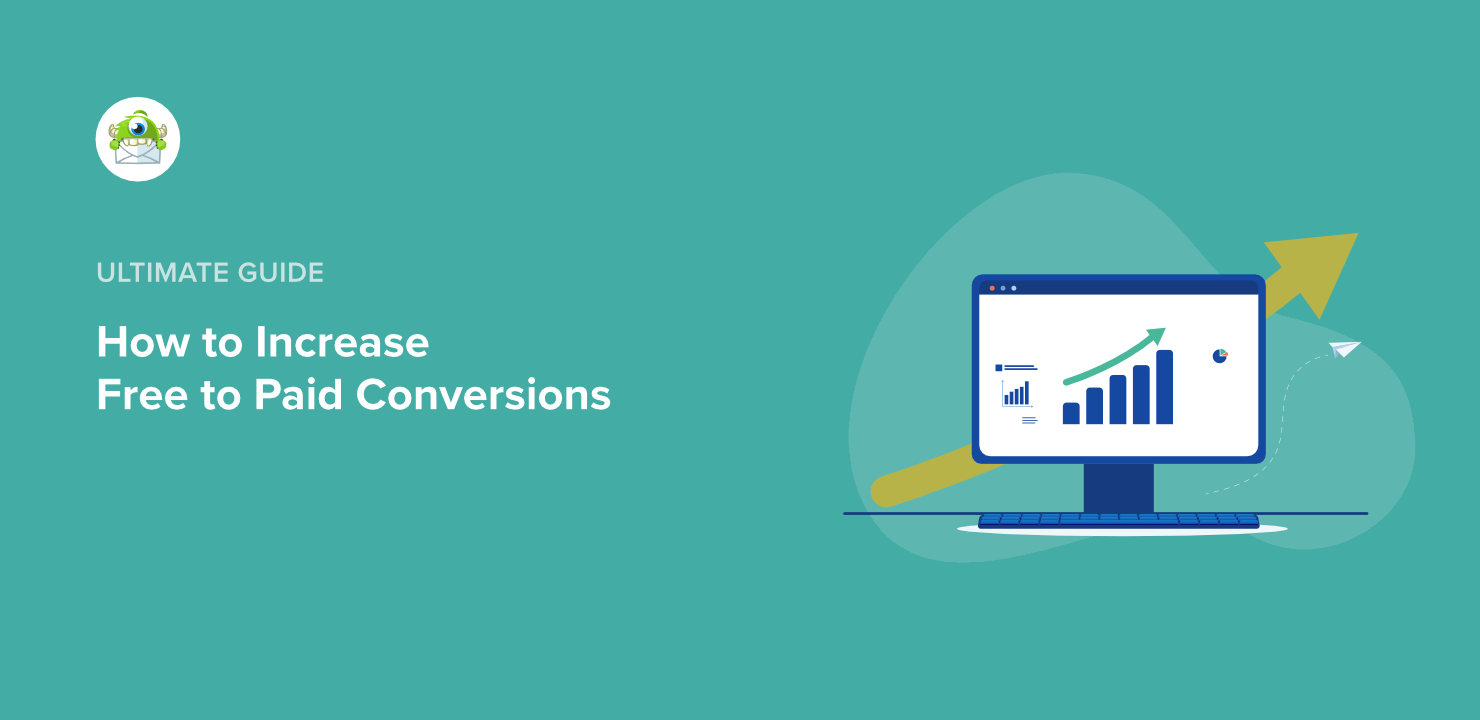
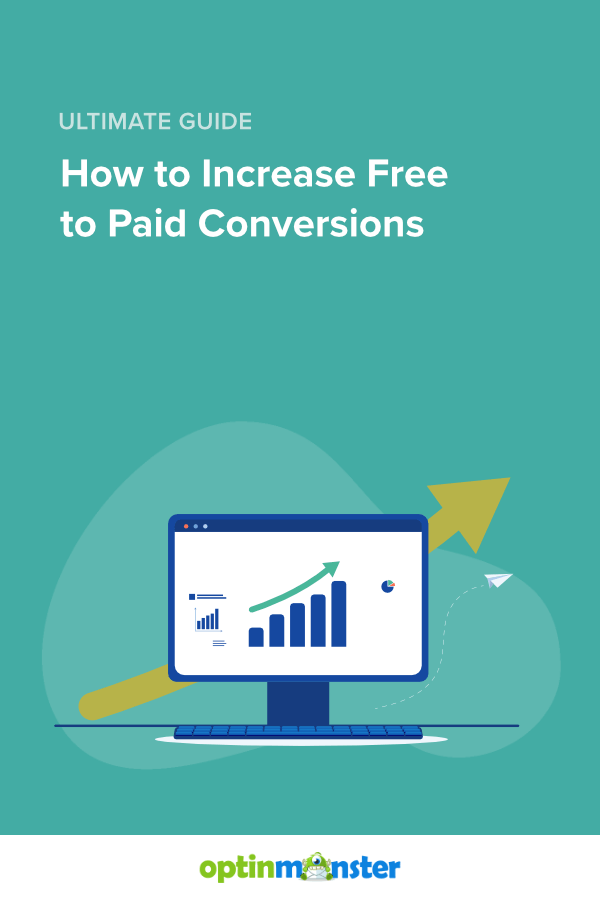
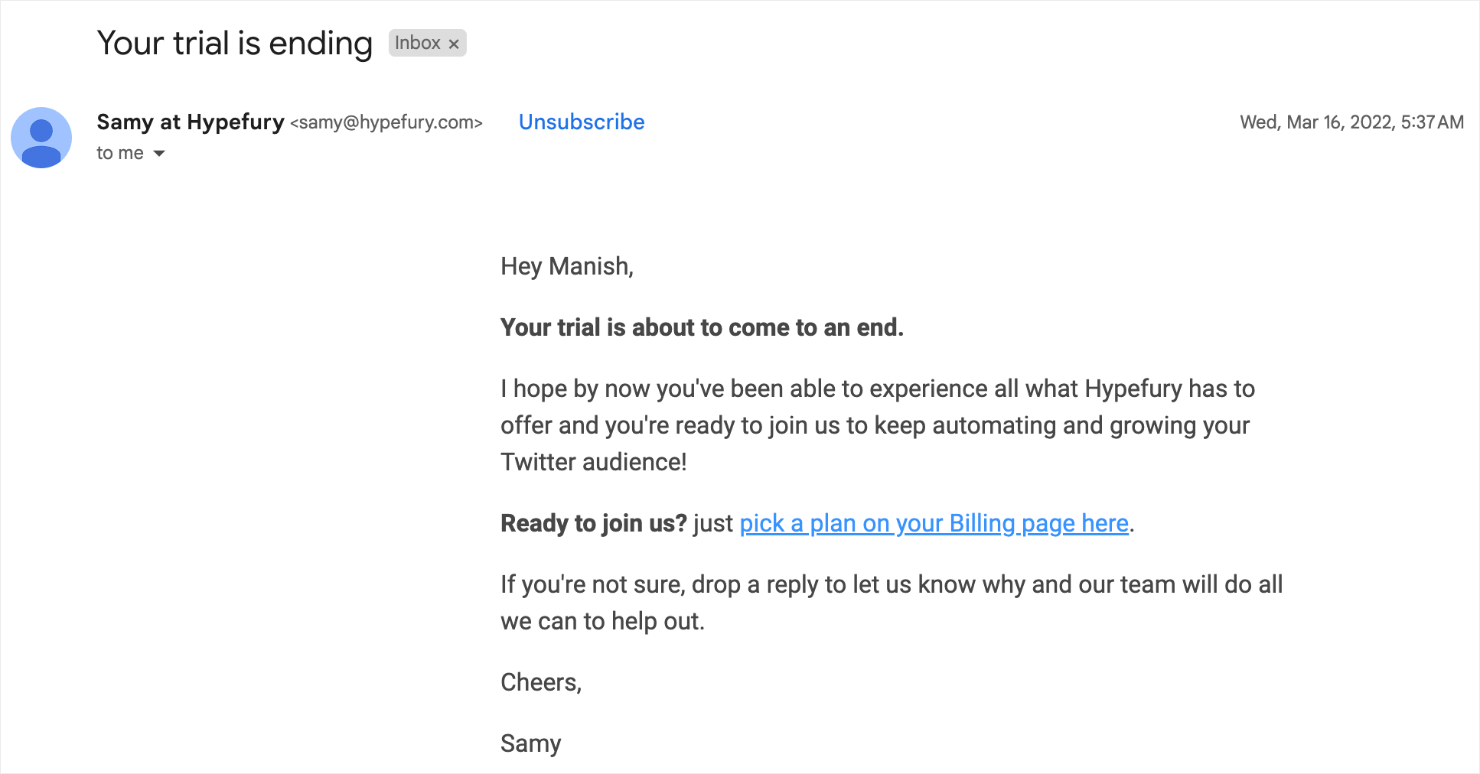
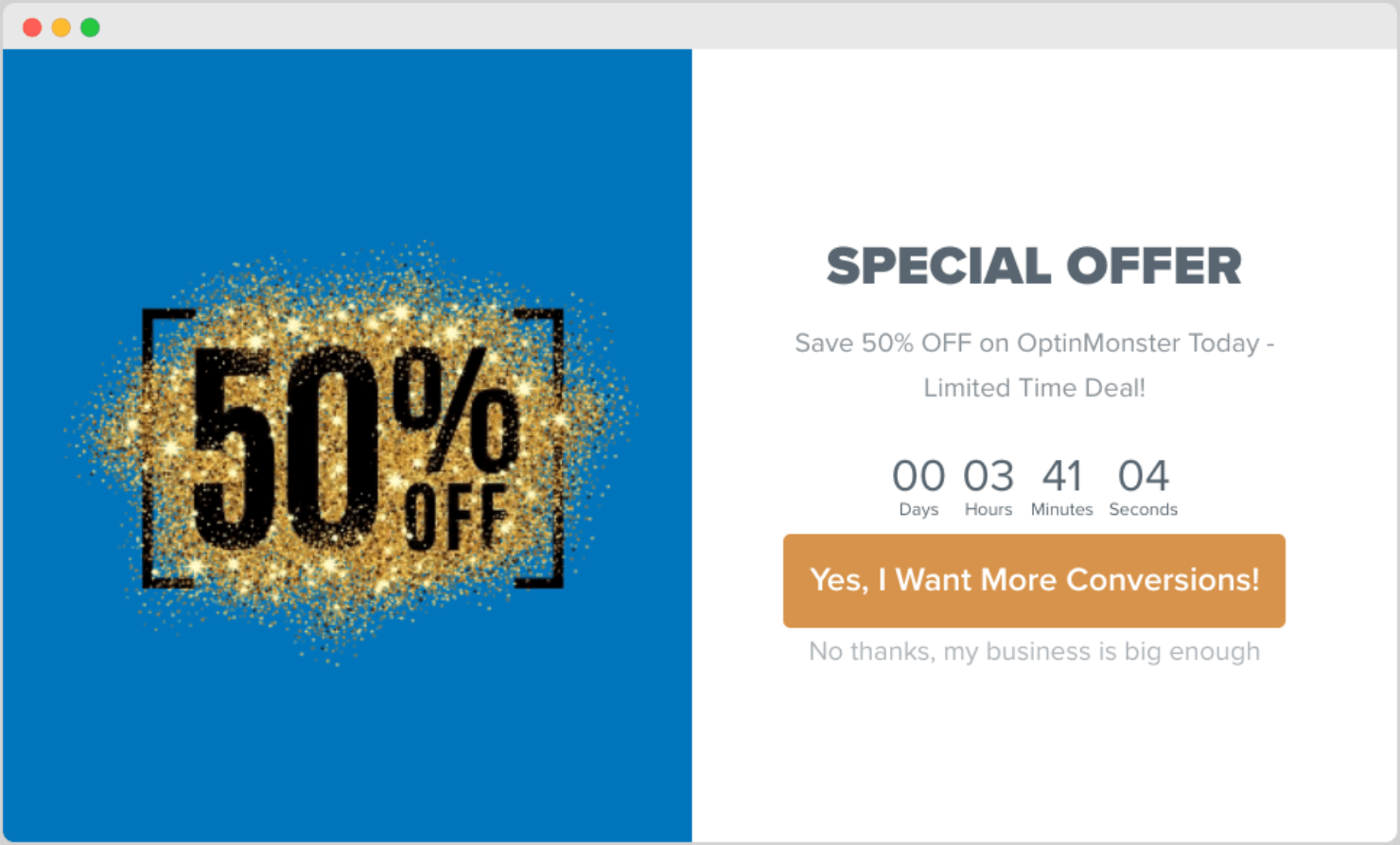

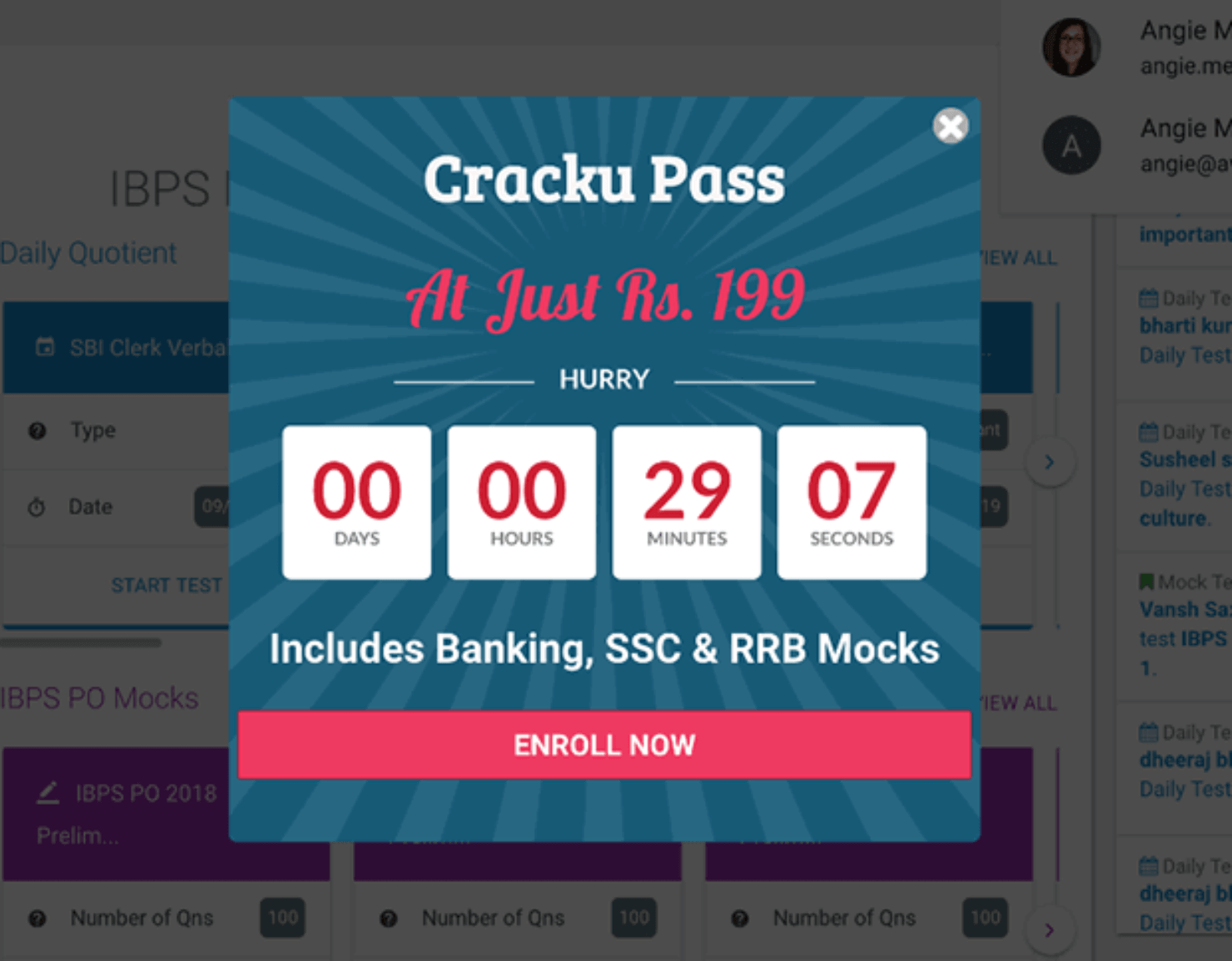
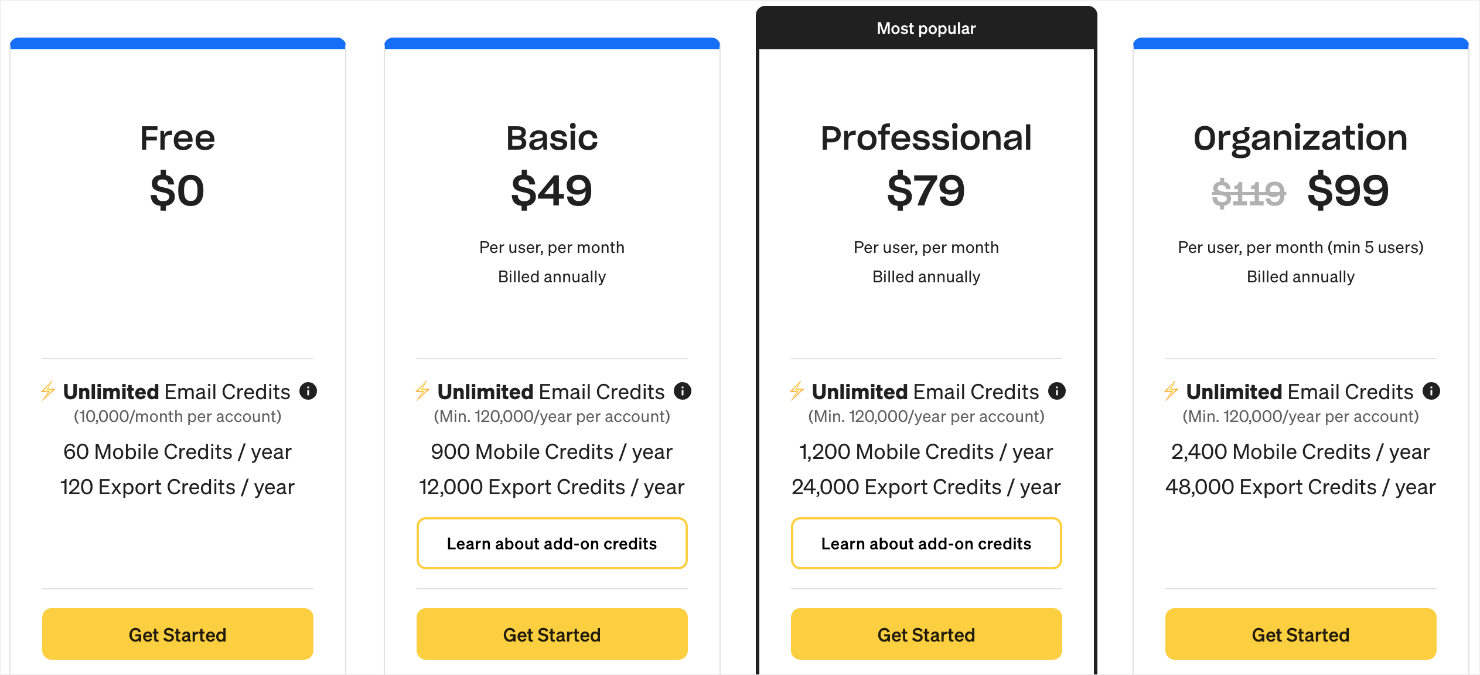
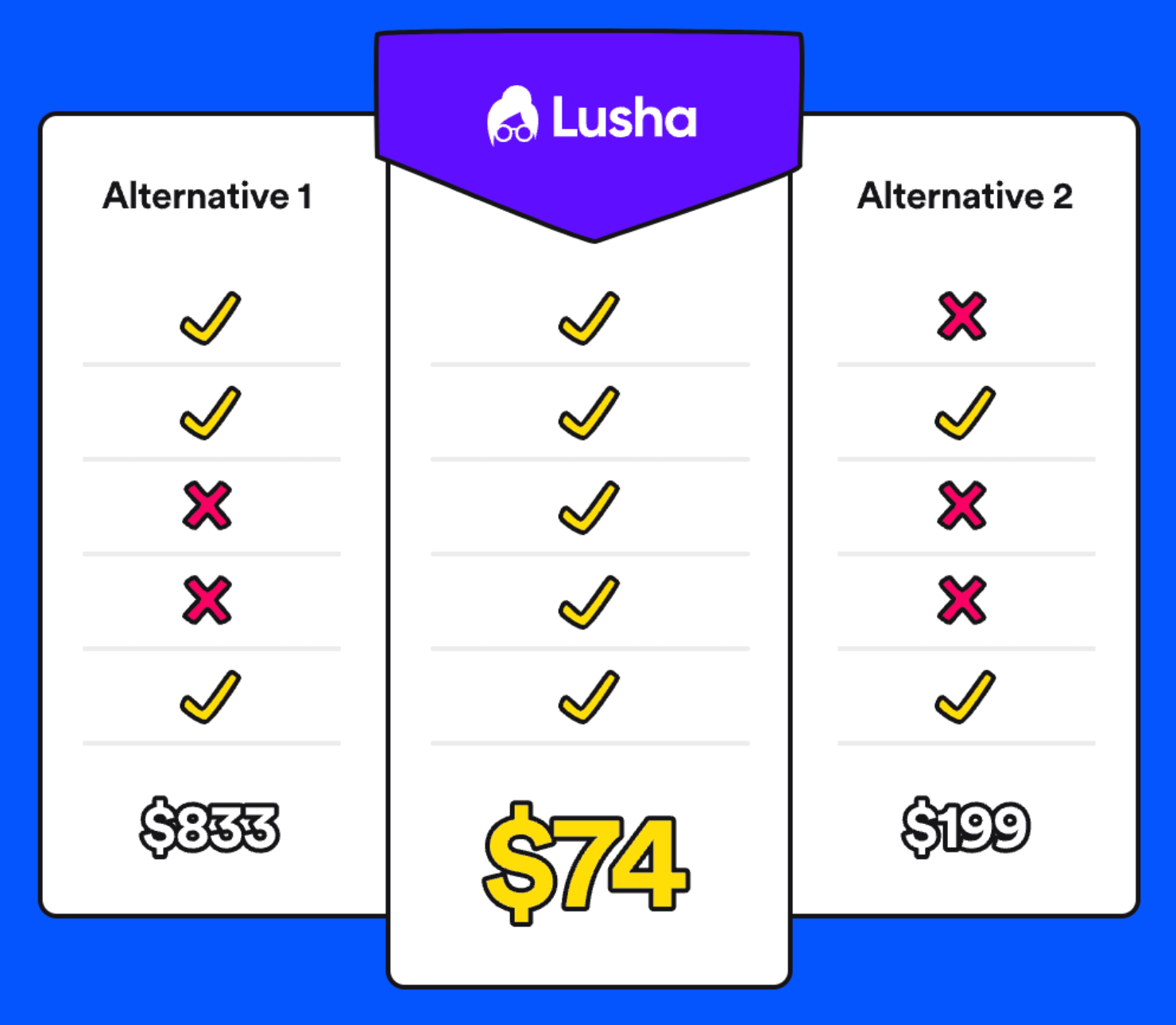
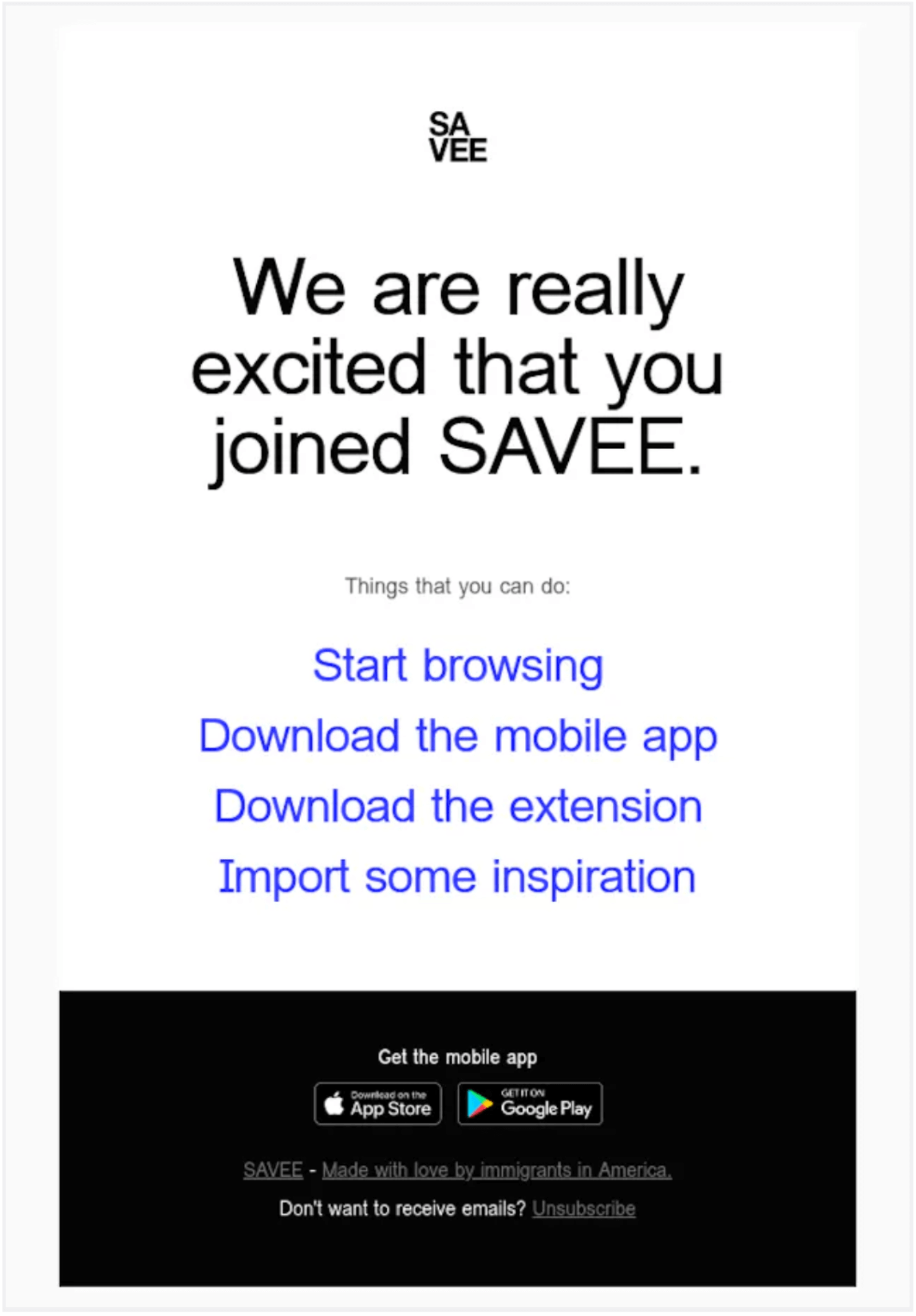
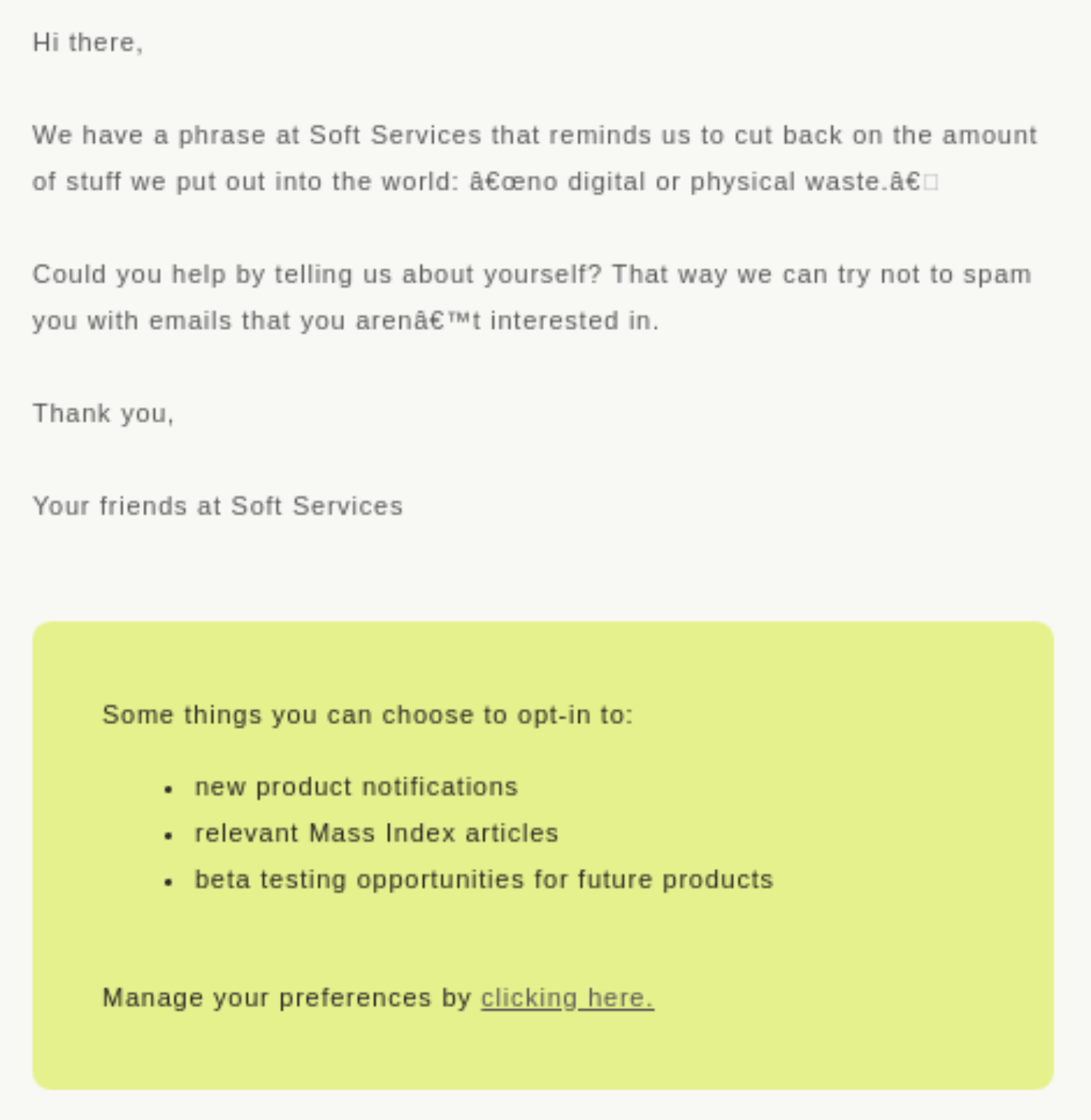

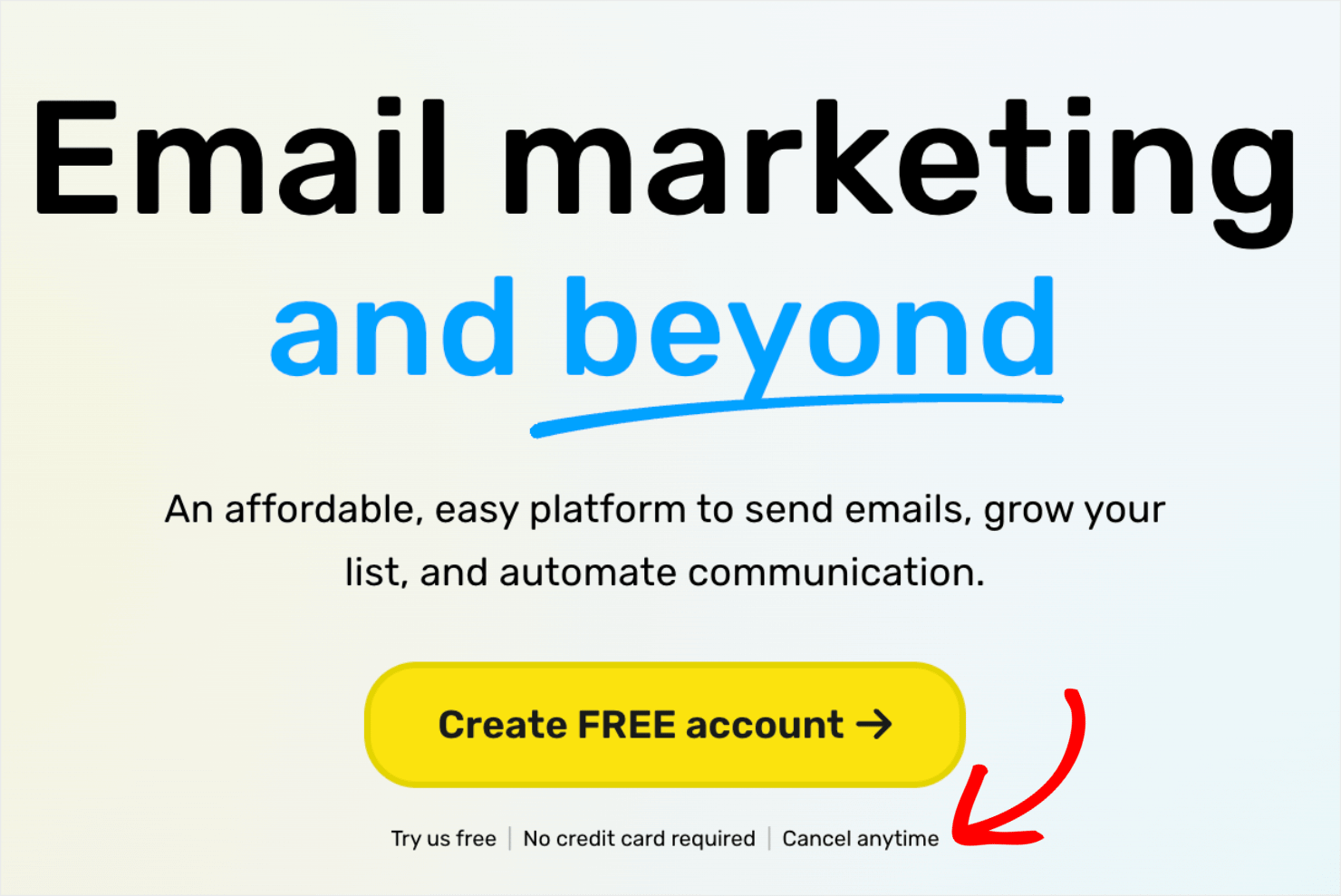
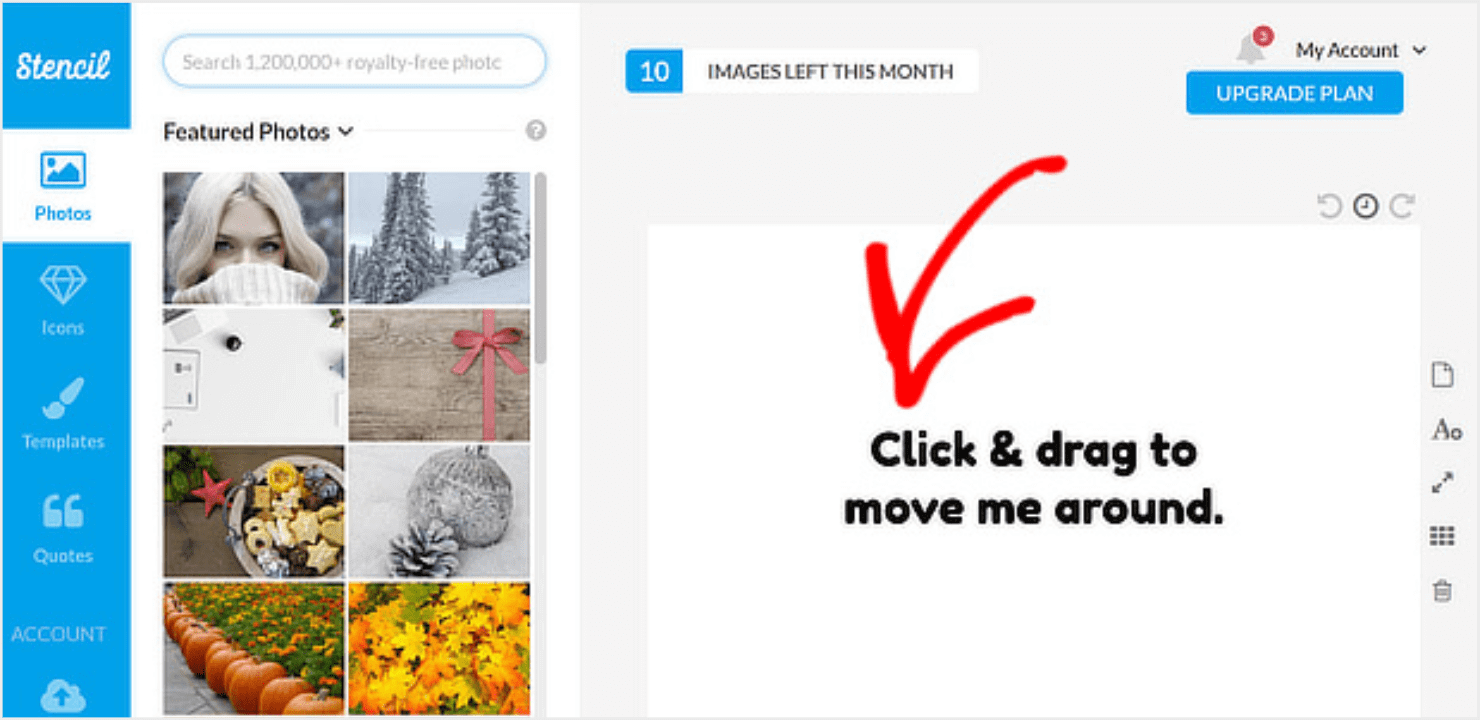
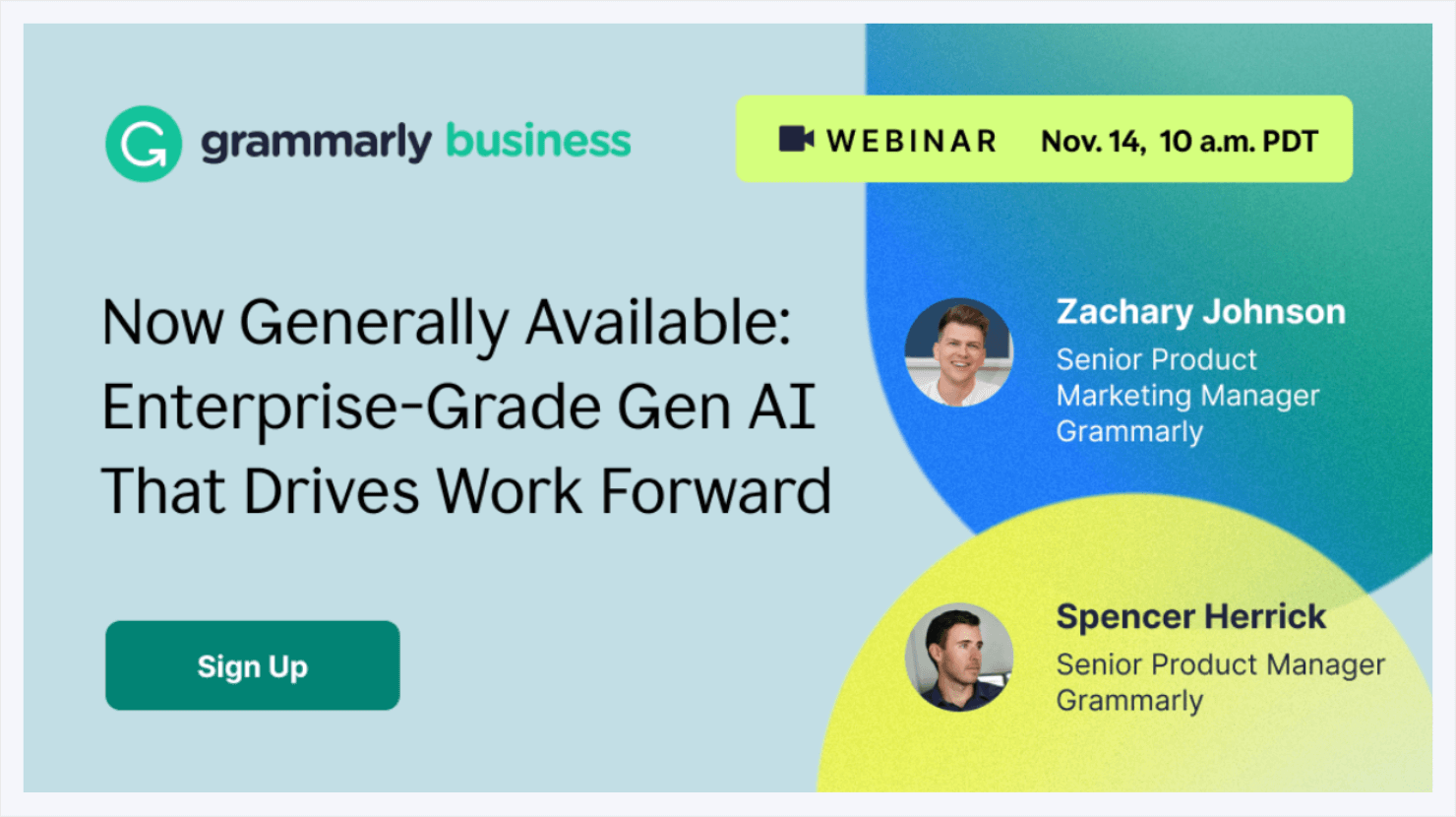
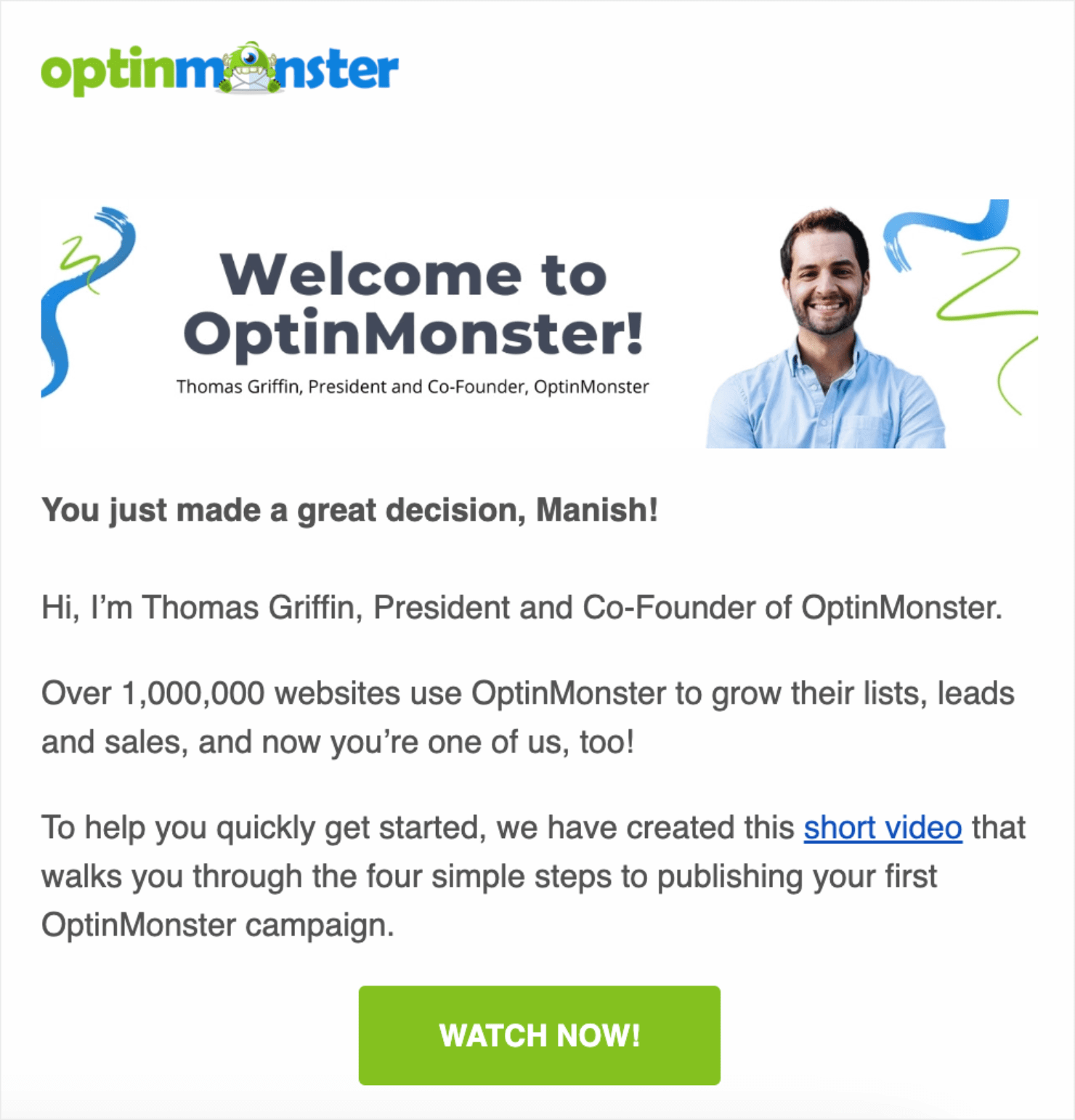
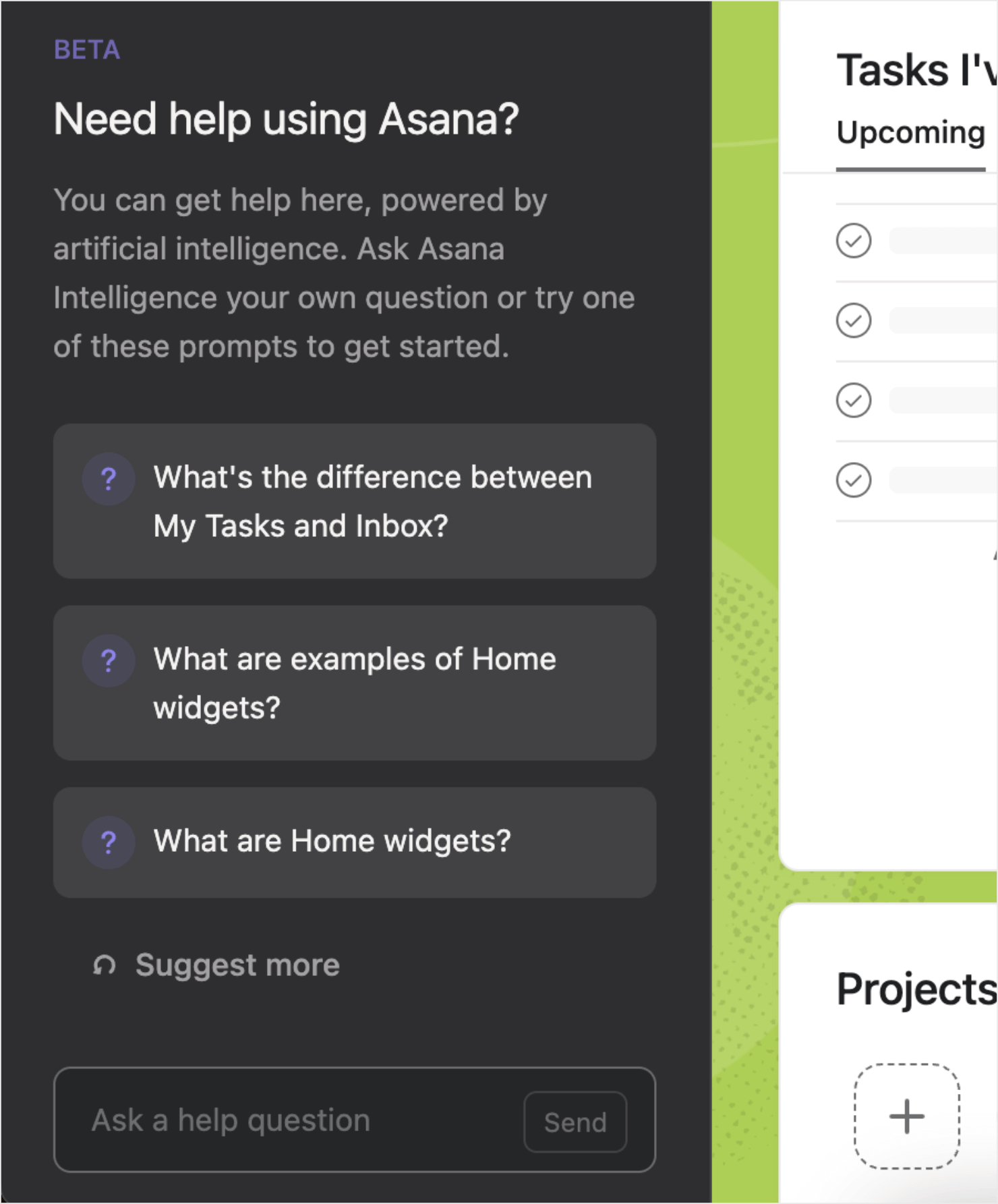
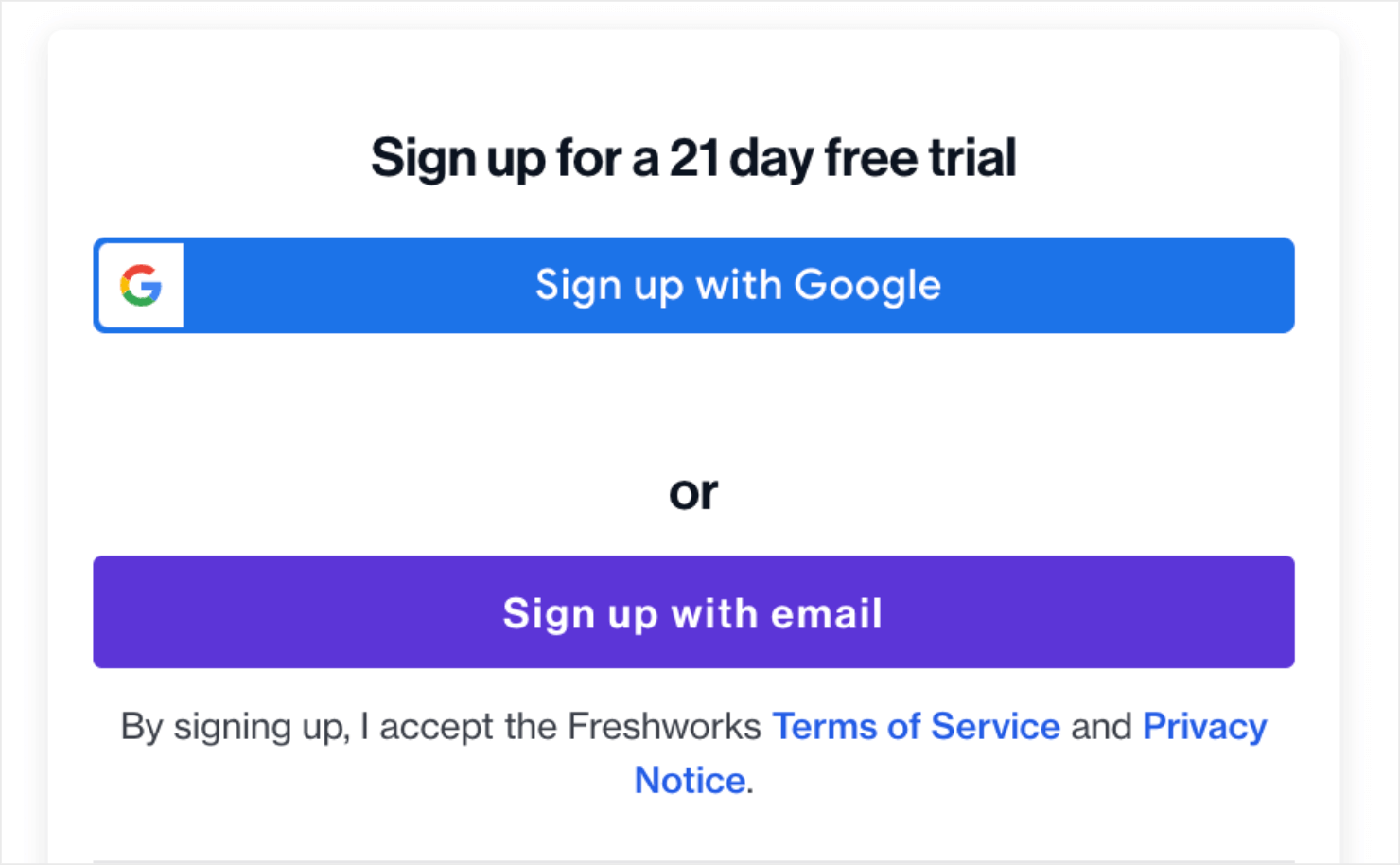


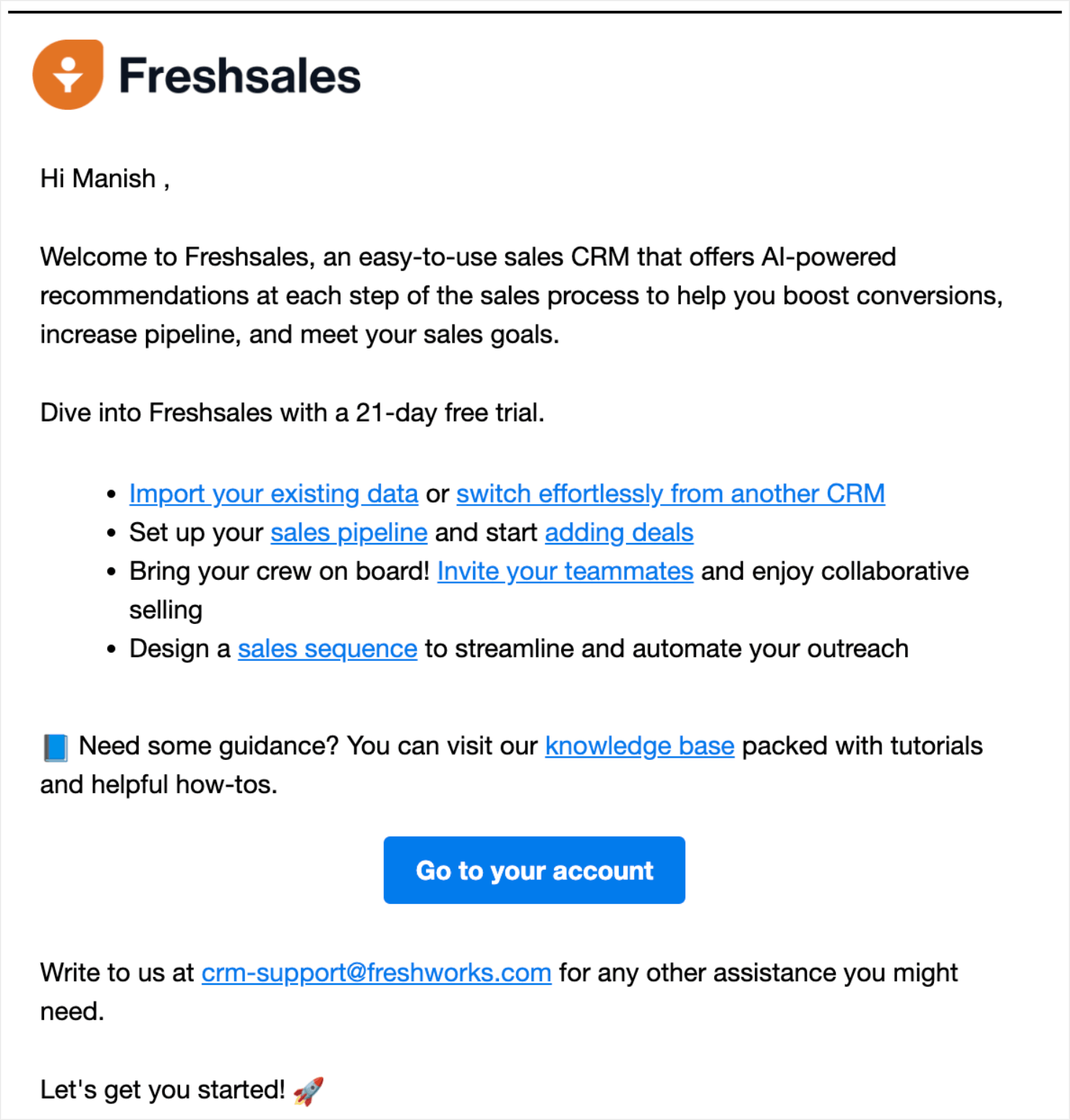
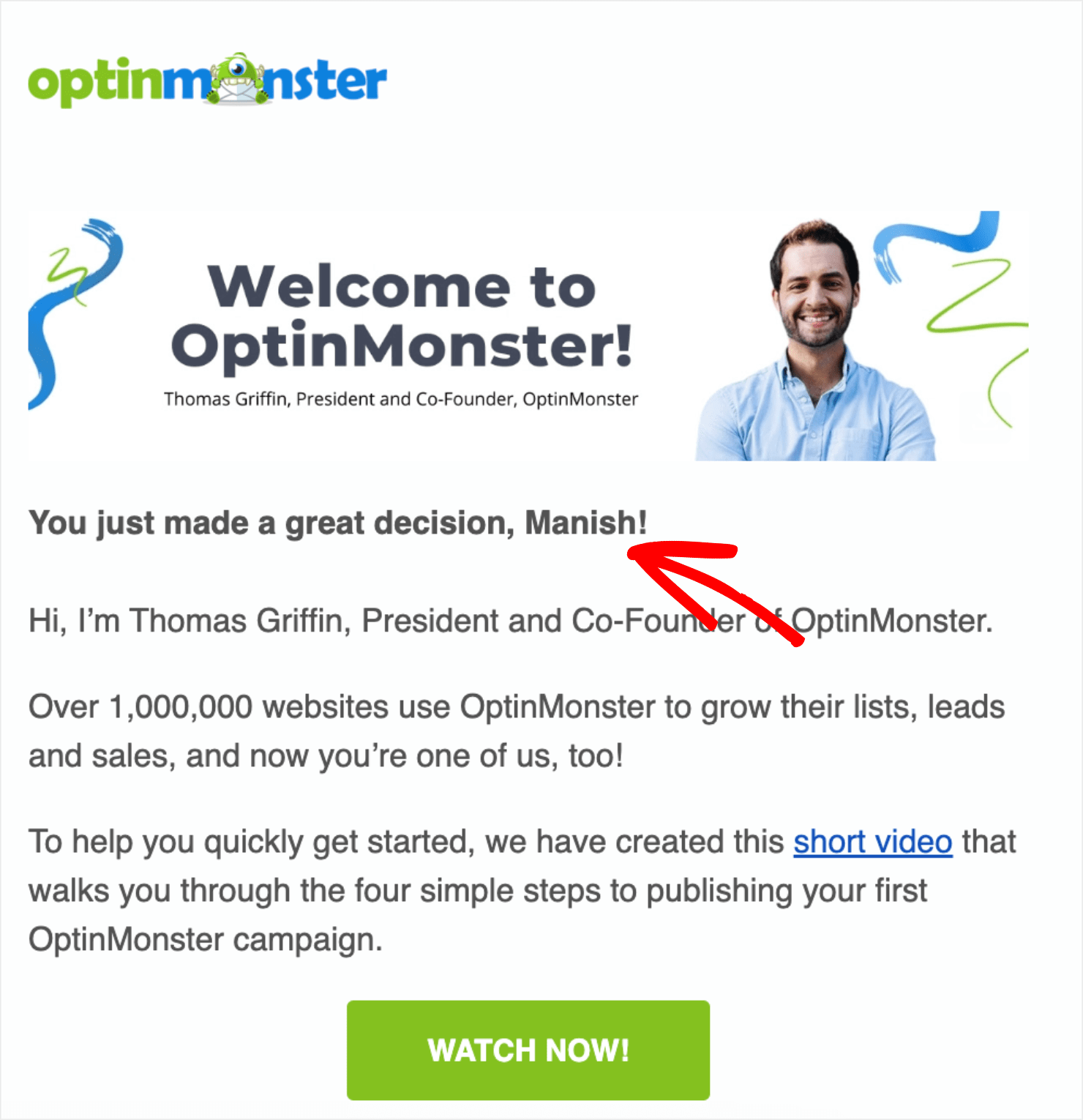
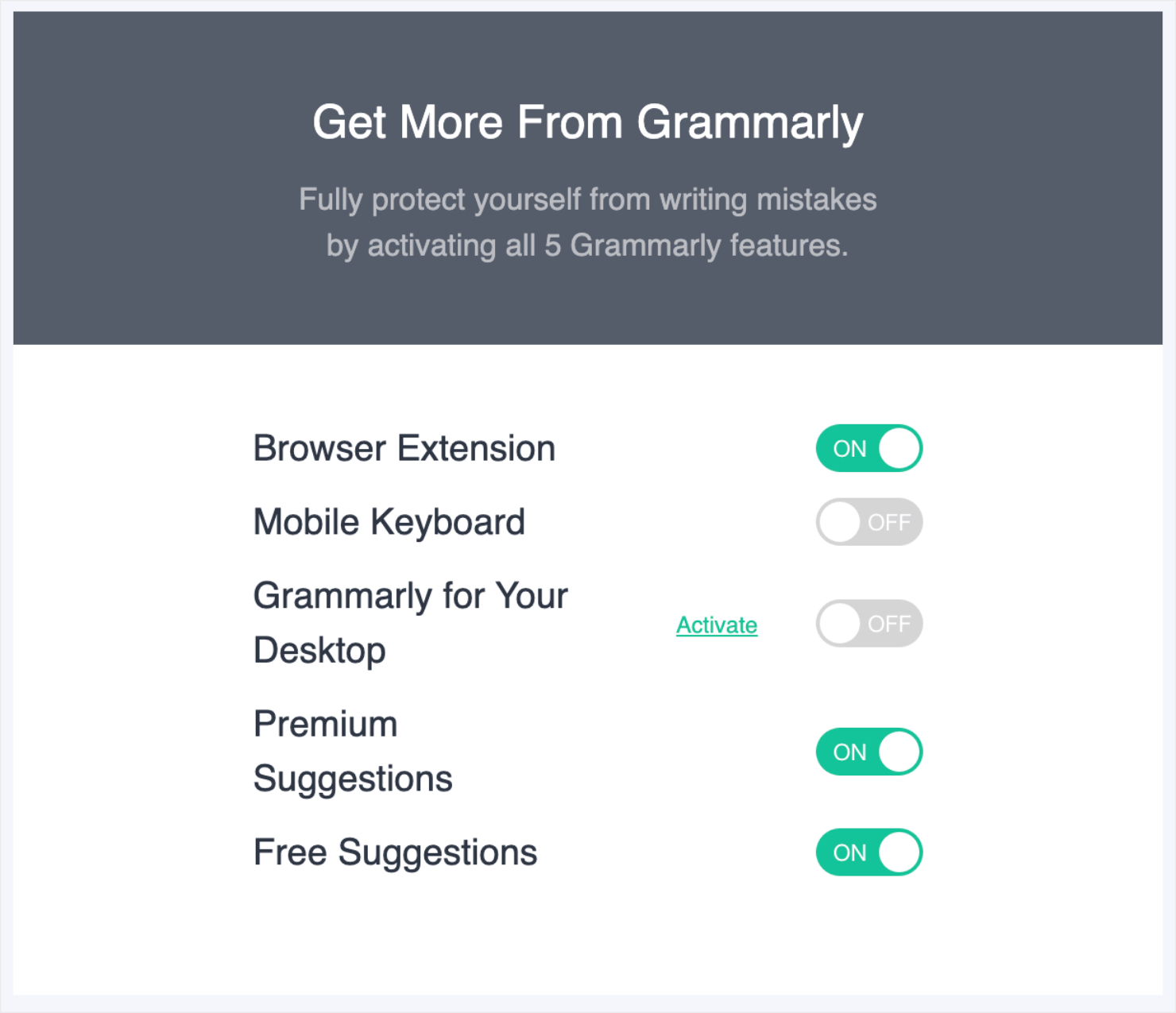
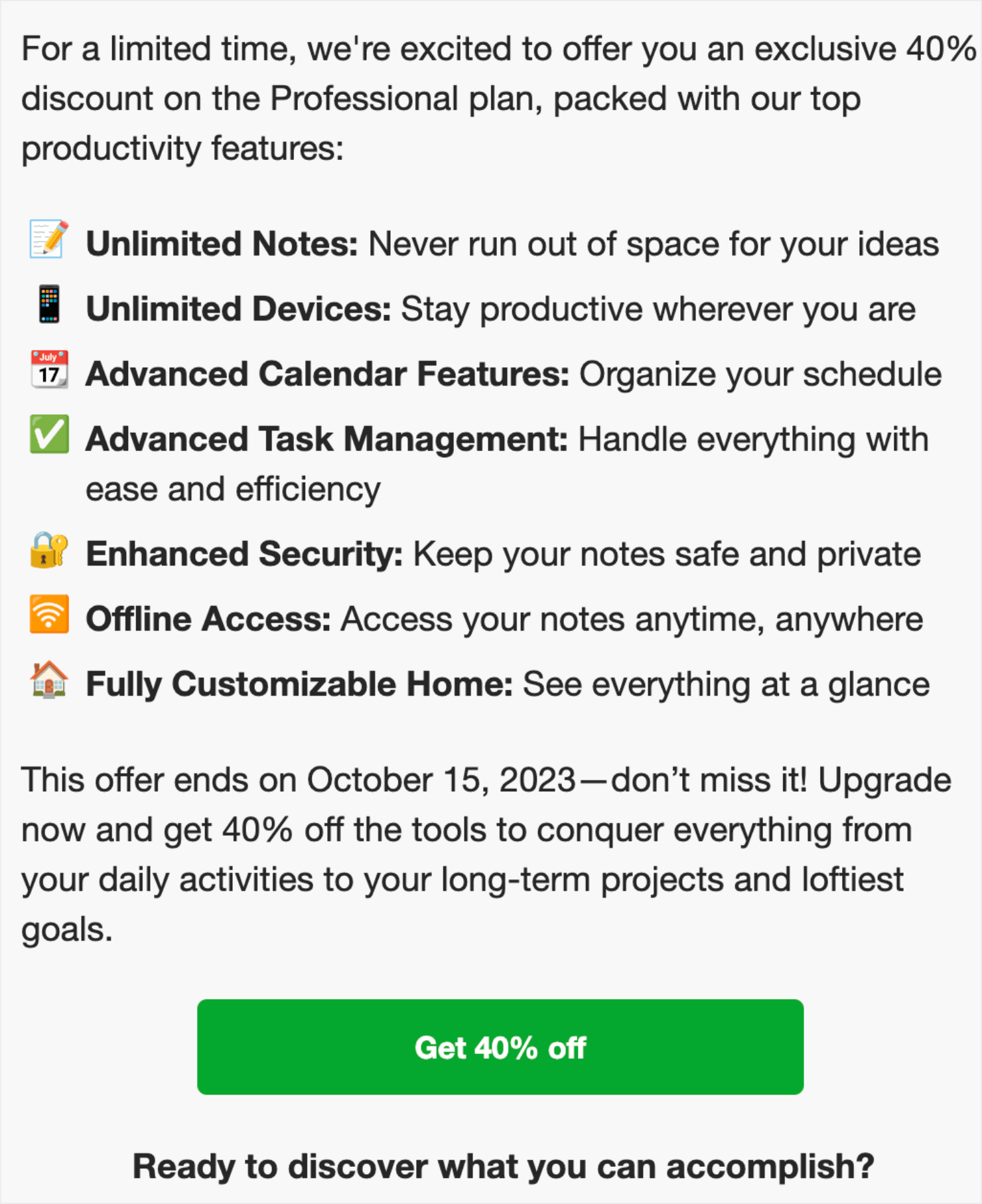
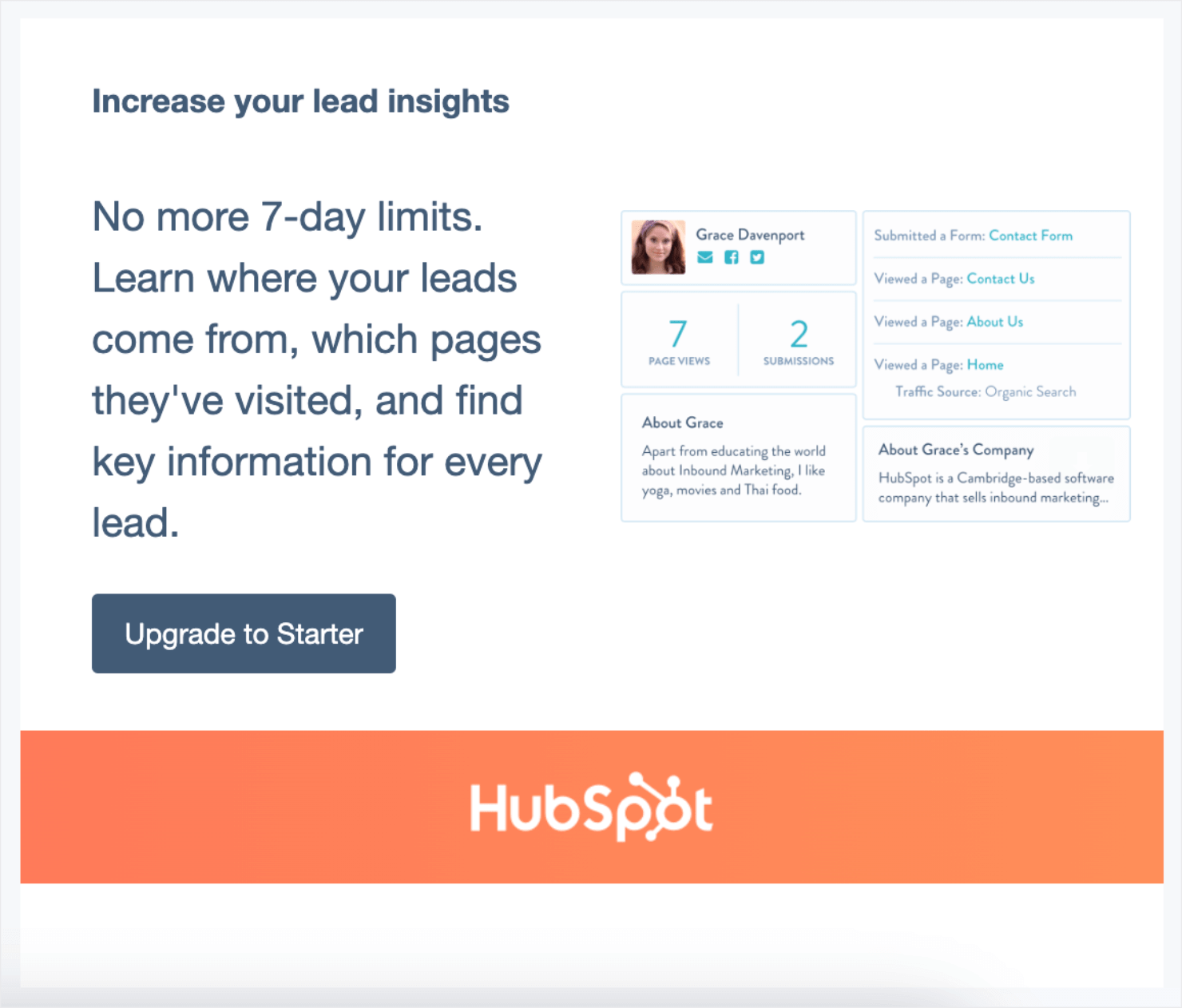
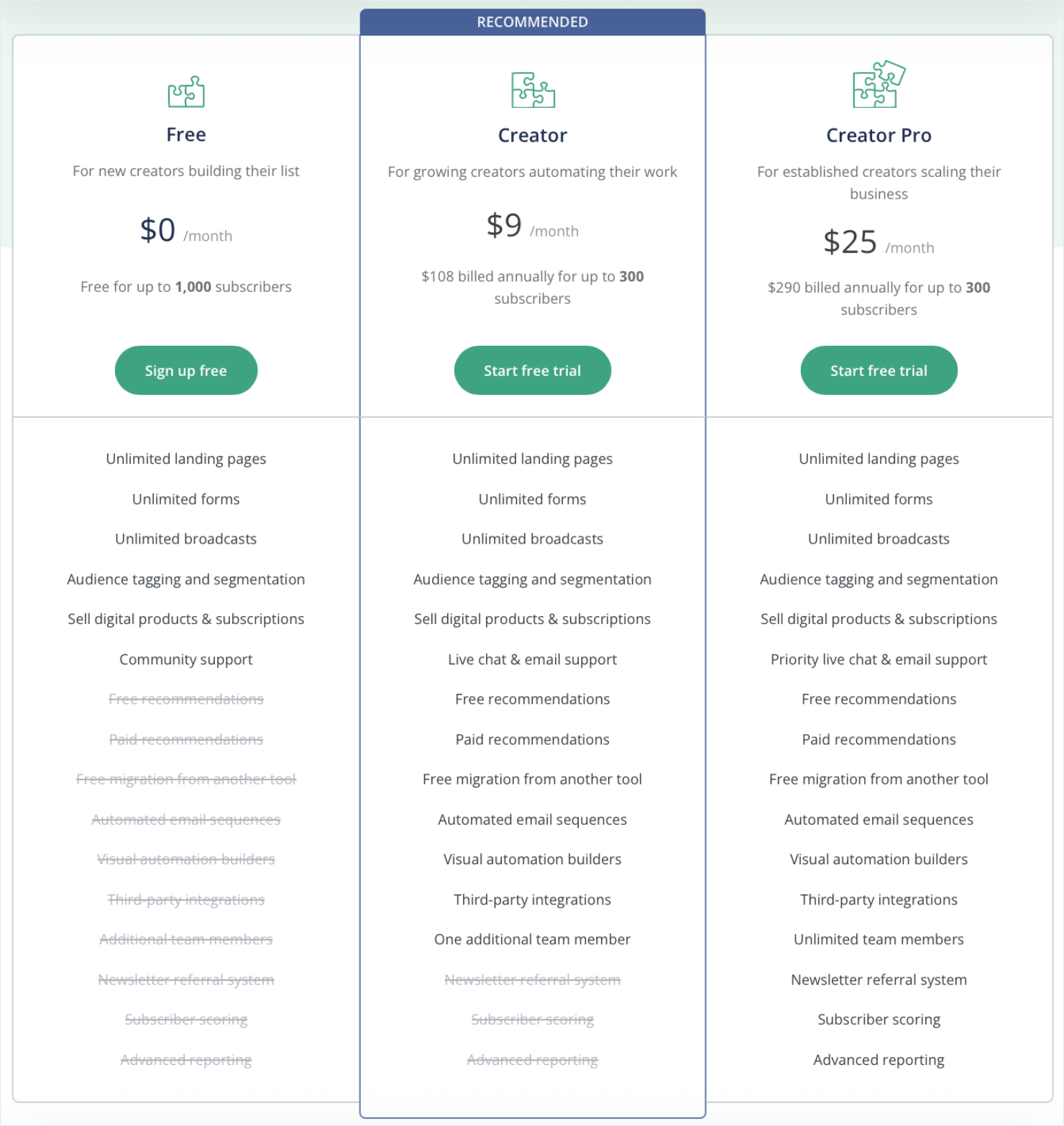
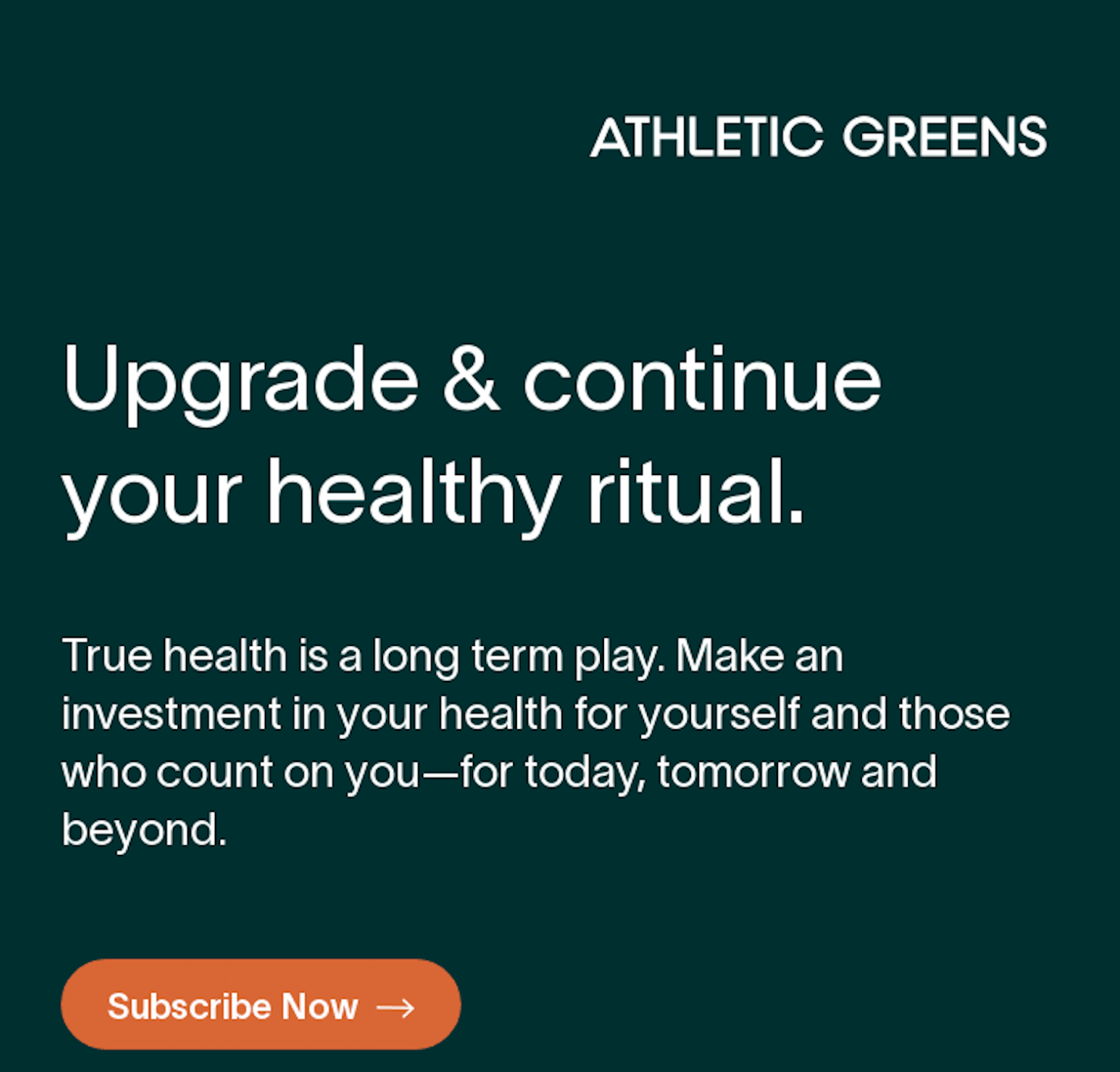
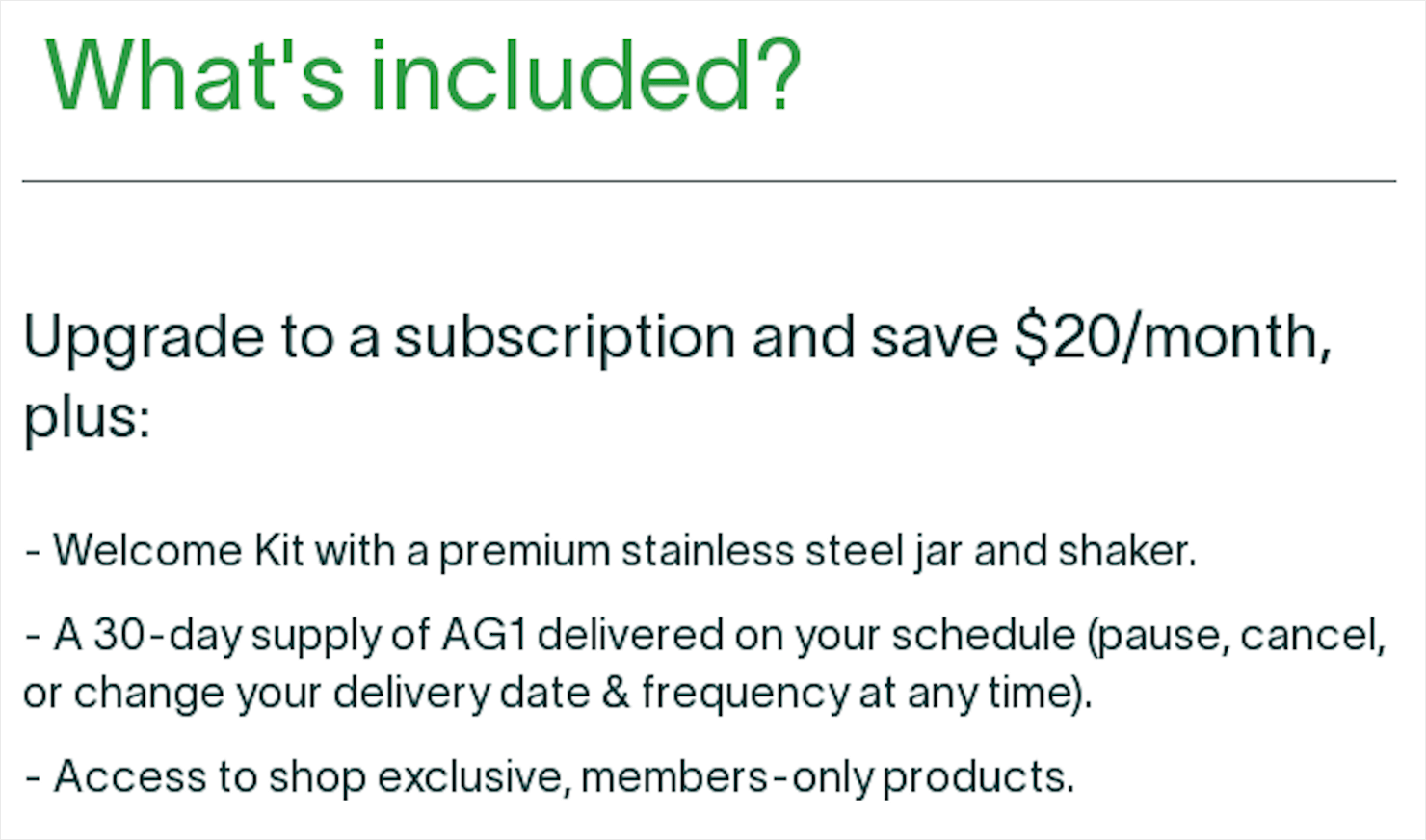
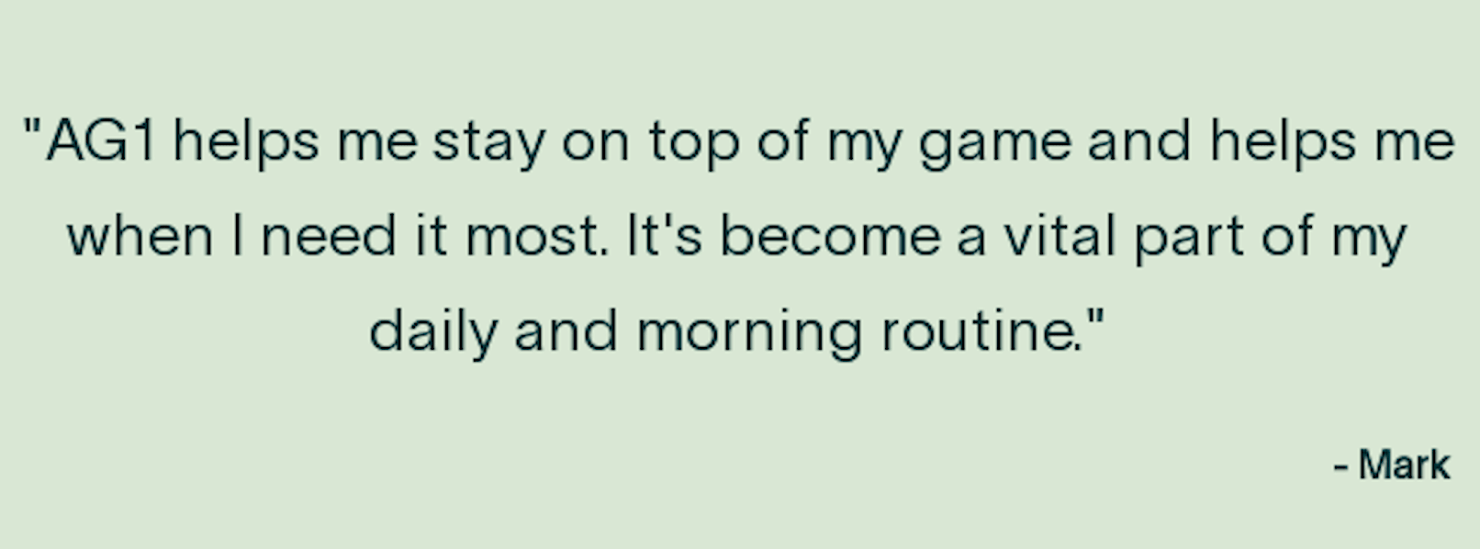
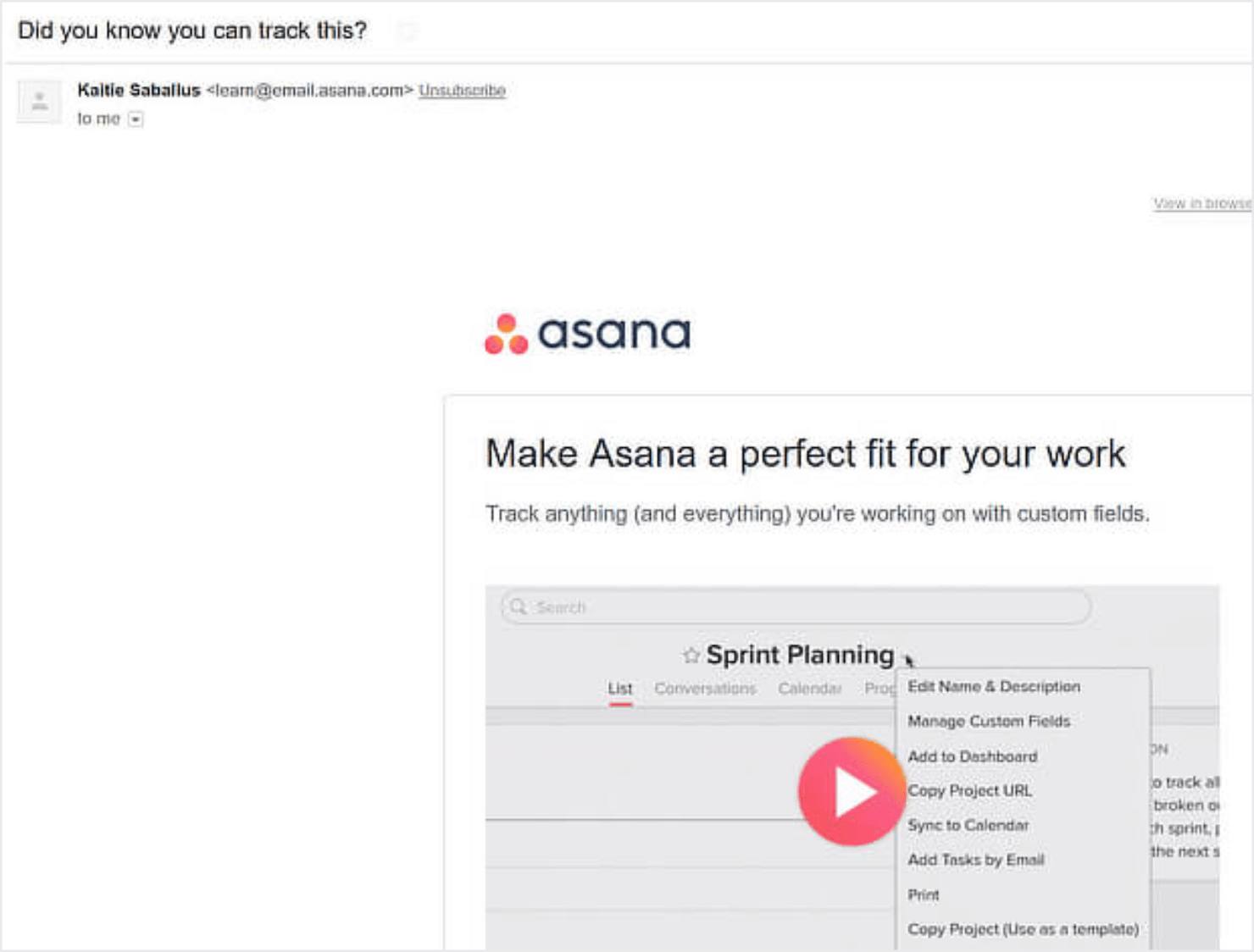


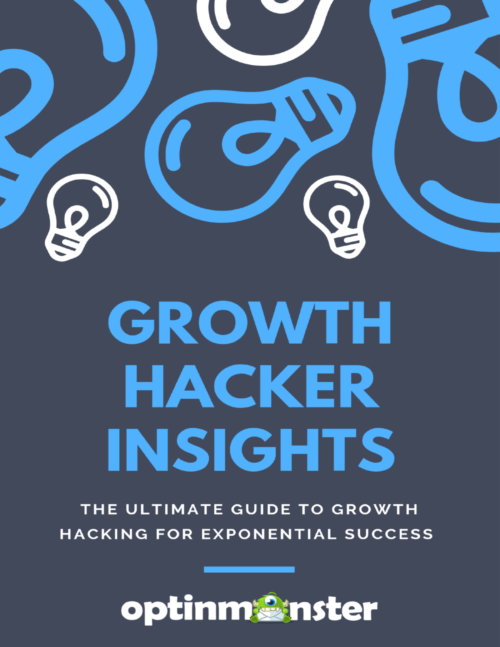

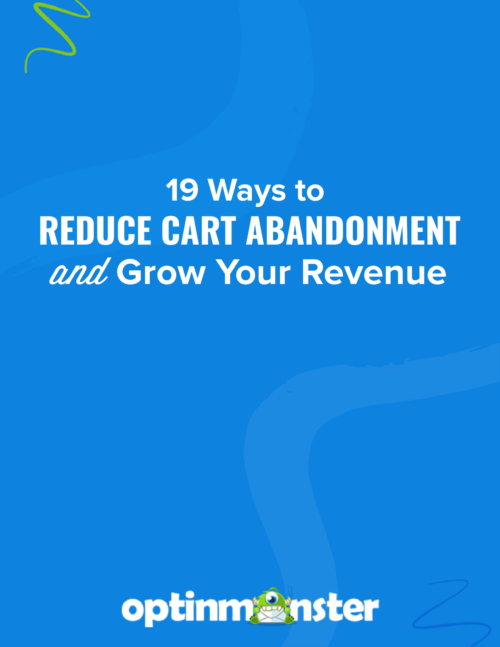



Add a Comment